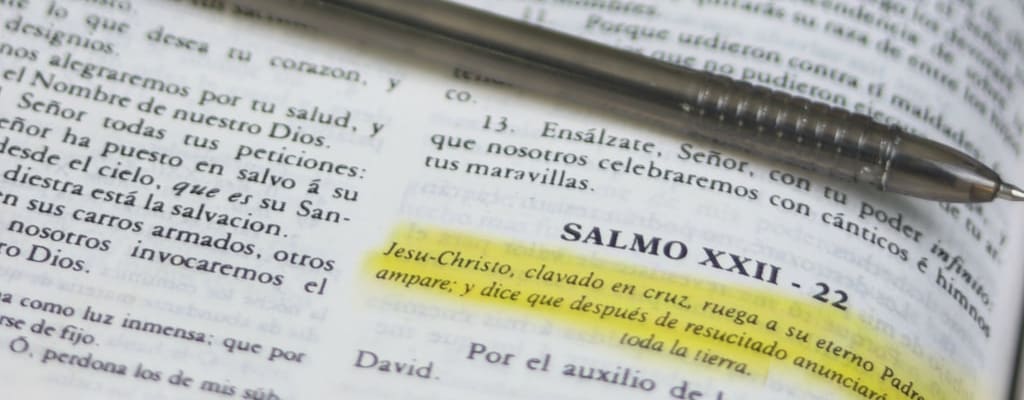which foot the shoe is on: Idiom Meaning and Origin
What does ‘which foot the shoe is on’ mean?
The idiom "which foot the shoe is on" means determining who is responsible or to whom a particular situation or problem belongs.

Idiom Explorer
When "the shoe is on the other foot," it means that the roles or situations have reversed, with the person who was originally in a position of advantage or control now experiencing the opposite. This idiom highlights a shift in power dynamics or circumstances.
The idiom "the buck stops here" means taking responsibility for a situation and not passing it on to others.
The idiom "the ball is in someone's court" means that it is now someone's turn or responsibility to take action or make a decision.
The idiom "put the same shoe on every foot" means treating or applying the same solution or approach to everyone, regardless of their individual needs or circumstances.
The idiom "put one's foot up someone's ass" is a metaphorical expression that means to forcefully or aggressively confront or punish someone for their actions or behavior.
The idiom "put one's foot in someone's ass" means to severely reprimand or physically confront someone for their actions or behavior.
The idiom "put one's foot in it" means to say or do something that unintentionally causes trouble, embarrassment, or offense.
The idiom "put foot to ass" means to physically attack or punish someone forcefully, usually in a retaliatory manner.
Footwear Limbo
The idiom "which foot the shoe is on" is a phrase often used figuratively to describe a situation where the roles or responsibilities of two or more people are unclear. It implies a lack of clarity or confusion regarding who should take the lead or assume responsibility for a particular task or situation. In this sense, the idiom highlights a potential source of conflict or inefficiency and suggests a need for clarification or resolution.
One possible interpretation of this idiom is that it refers to a situation where the roles or responsibilities of two or more individuals are unclear or interchangeable. It suggests a lack of clarity or confusion regarding who should take the lead or assume responsibility for a particular task or situation. In this sense, the idiom implies a need for clarification or resolution, as it highlights a potential source of conflict or inefficiency.
Another possible interpretation is that the idiom reflects a deeper commentary on power dynamics or hierarchies. It emphasizes the importance of understanding who holds the power or authority in a situation, indicating that this knowledge is key to navigating it effectively. The idiom may have originated from observations of social and power dynamics, highlighting the significance of a clear understanding of one's position in order to navigate complex situations successfully.
The idiom "which foot the shoe is on" can be related to other idioms that involve feet and shoes. For example, the phrase "the shoe is on the other foot" is used to describe a situation where the roles or circumstances have been reversed. It suggests a change in power or perspective, where the person who was previously in a subordinate position now has the upper hand. This idiom can be used to highlight the importance of adaptability and the need to consider different viewpoints.
Similarly, the idiom "foot the bill" is used to describe the act of taking responsibility for the cost of something. It suggests that someone is willing to pay for a particular expense or obligation. This idiom can be used to emphasize the importance of taking responsibility and being accountable for one's actions or obligations.
Additionally, the idiom "lay something at the feet of" is used to describe the act of attributing or placing blame on someone else. It suggests that someone is holding someone else responsible for a particular action or outcome. This idiom can be used to explore the concept of accountability and the practice of assigning blame in various situations.
While the exact origins of the idiom "which foot the shoe is on" remain unclear, its usage and variations have been observed in various cultures and languages. This suggests that the concept it represents resonates with people across different societies and contexts. The idiom's metaphorical nature allows for it to be applied to a wide range of scenarios, providing a versatile tool for expressing and discussing situations where roles or responsibilities are unclear or in flux.
The idiom "which foot the shoe is on" serves as a powerful metaphor that encapsulates the idea of unclear roles or responsibilities. Its exact origins are difficult to trace, but it has been observed in various cultures and languages, suggesting its relevance and universality. Utilizing this idiom not only adds color and depth to our language but also prompts us to reflect on the intricacies of power dynamics and the importance of clarity in navigating complex situations. The idiom serves as a reminder of the complexities and uncertainties of human interactions, encouraging us to constantly question and seek understanding.
Example usage
Examples of how the idiom "which foot the shoe is on" can be used in a sentence:
- She always knows which foot the shoe is on when it comes to solving complex math problems.
- He is a skilled detective who can quickly determine which foot the shoe is on when solving crimes.
- The teacher has a keen eye for detail and can easily figure out which foot the shoe is on when grading assignments.
More "Ownership" idioms



